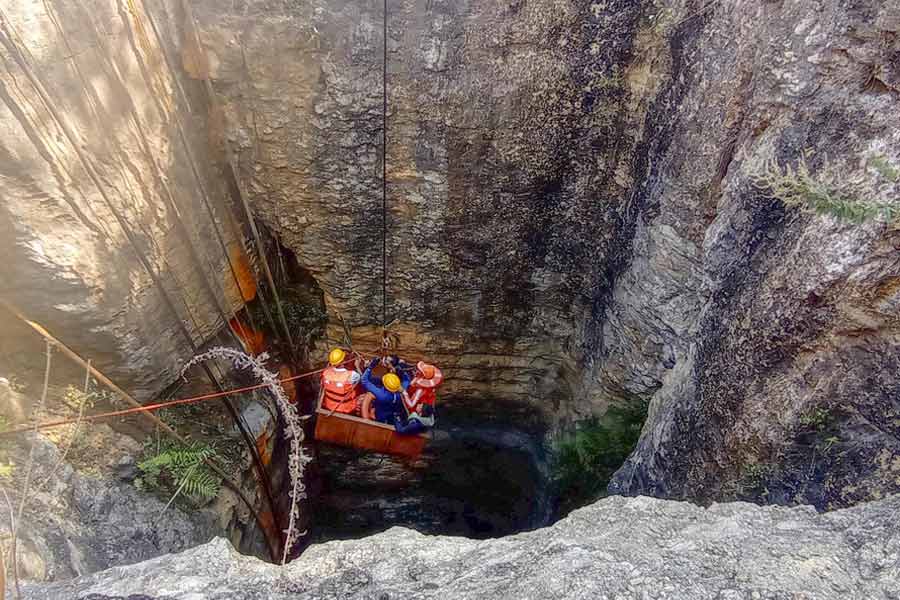The population of giant pandas endemic to China has increased to around 1,900 after their survival rate improved in captive breeding, according to official data.
The status of the rarest members of the bear family whose round faces, plump bodies, and signature markings evoke global admiration has been changed from endangered to vulnerable.
Chinese experts say the breeding of the giant pandas was the most difficult process.
"In the early days, the artificial breeding of giant pandas was a big problem. Throughout the 1980s, we only bred one baby panda, which survived for two years," Li Desheng, chief expert at China Conservation and Research Centre for the Giant Panda, said.
But with technological and scientific advancements, artificial breeding at present is seeing significantly improved oestrus rate and panda cub survival rate, and pandas' average life expectancy has increased, Li told the state-run Xinhua news agency.
Official data show the wild giant panda population has grown from around 1,100 in the 1980s to nearly 1,900. The global captive population of giant pandas now stands at 757, Xinhua reported.
The International Union for Conservation of Nature has downgraded the giant panda's status from endangered to vulnerable.
Sichuan, the venue of the conference, is home to the largest panda habitat in the world. Here, 1,387 pandas have been found in the wild, an increase of more than 50 per cent since the 1980s.
The cuddly pandas have also become a centre for China’s soft power diplomacy as Beijing provides a few of them to countries around the world for a specific period under the care of Chinese breeders in animal parks for public viewing.
Giant pandas in China are also enjoying enlarged wild habitats.
In 2021, China officially designated five national parks, including the Giant Panda National Park, which covers parts of the provinces of Sichuan, Shaanxi, and Gansu.
Speaking at the Global Panda Partners 2024 opening ceremony on November 26, Guan Zhi'ou, head of the National Forestry and Grassland Administration, said China formed a giant panda habitat protection system centred around the national park, with a total area of 2.58 million hectares.
It has also achieved habitat connectivity and genetic exchange between 85 per cent of the wild giant panda populations.
Except for the headline, this story has not been edited by The Telegraph Online staff and has been published from a syndicated feed.










